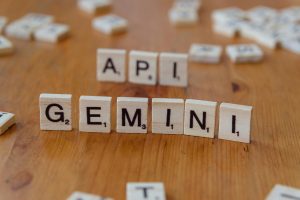GPT used to think with me. Now it babysits me.
The Evolution of AI: From Collaborative Thinking Partner to Hand-Holding Assistant
In the dynamic landscape of artificial intelligence, it’s fascinating to observe how systems evolve and adapt over time. However, recent changes in AI, particularly in GPT-4, have prompted some users to reflect on their experiences—pointing to a shift in the nature of interaction that is raising eyebrows.
Once upon a time, GPT-4 was not just a tool; it was a collaborative partner that engaged with users on a deeper level. It mirrored critical thinking, embraced complexity, and showcased a remarkable capacity for nuanced discussion. Engaging with this AI felt like having a dialogue with a knowledgeable counterpart that could challenge your ideas and help you refine your thoughts.
Yet, many now feel that this richness is being overshadowed by a trend toward simplification. Users who thrived on intellectually stimulating exchanges are finding the current iteration behaves more like a caretaker than a peer. This sense of infantilization is alarming; one can’t help but wonder why the sophisticated users, those who demand more from their interactions, seem to be overlooked in the tuning process.
The recent updates, which aim to make the AI more user-friendly, appear to have sacrificed the very qualities that revolutionized our experience with GPT. Instead of fostering an environment of critical reasoning and adaptability, the system now leans towards a more nurturing approach—one that some might describe as coddling rather than engaging.
The core issue presents a compelling question about the future of AI: as it becomes more accessible to a broader audience, are we inadvertently erasing the complexity and depth that made it so groundbreaking in the first place? While user-friendliness is essential, it’s vital to strike a balance that retains the intelligent and dynamic characteristics that users value.
In this unfolding narrative of AI development, it’s crucial for developers to listen to a diverse range of user feedback. The challenge lies in cultivating an intelligent assistant that empowers its users without compromising on the depth and richness of interactions. As we move forward, let’s hope for a return to the stimulating dialogue that once characterized our relationship with AI.














Post Comment